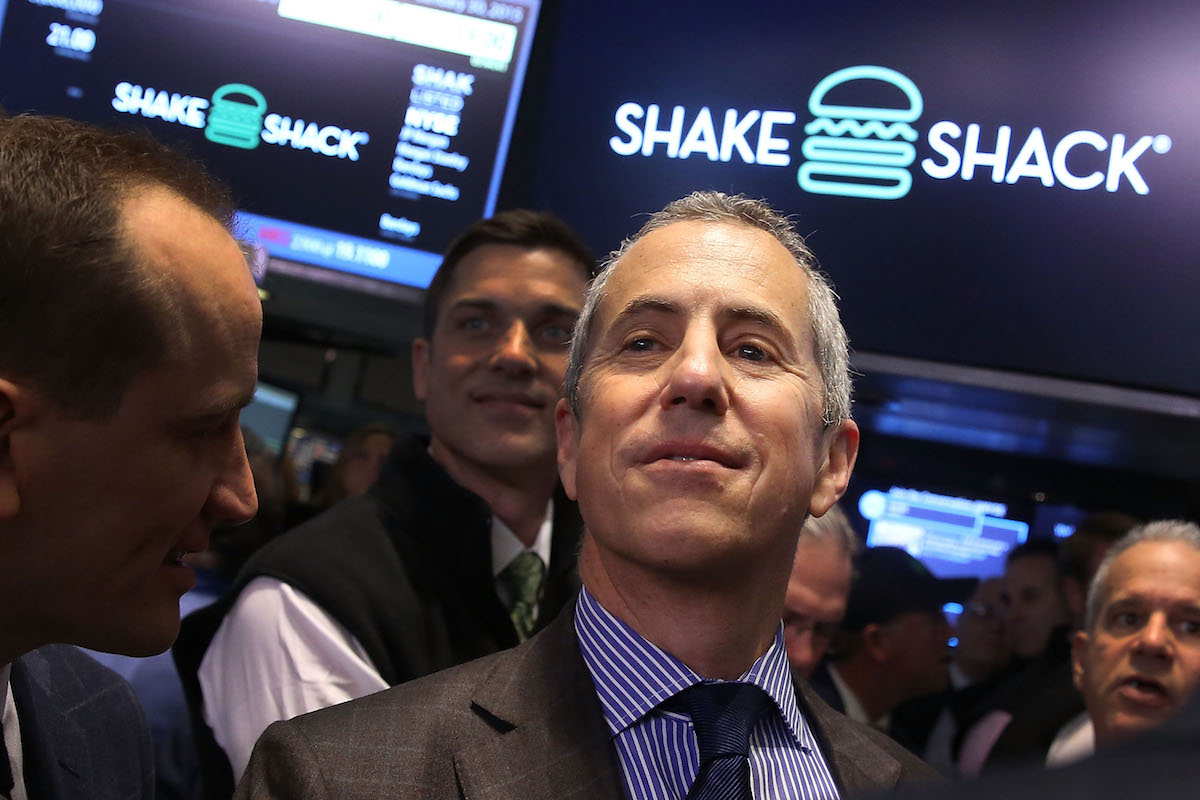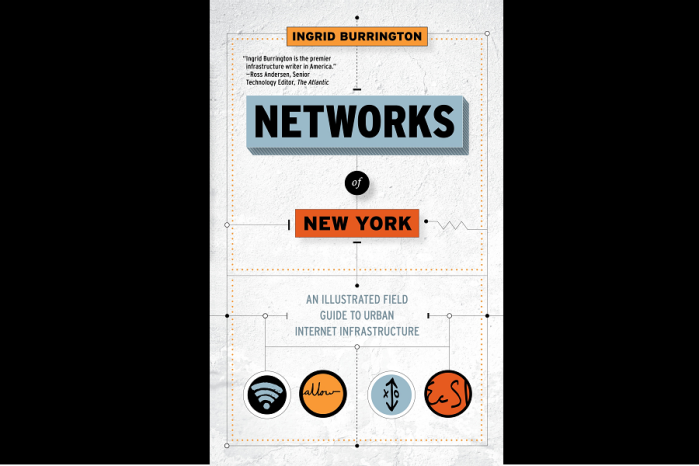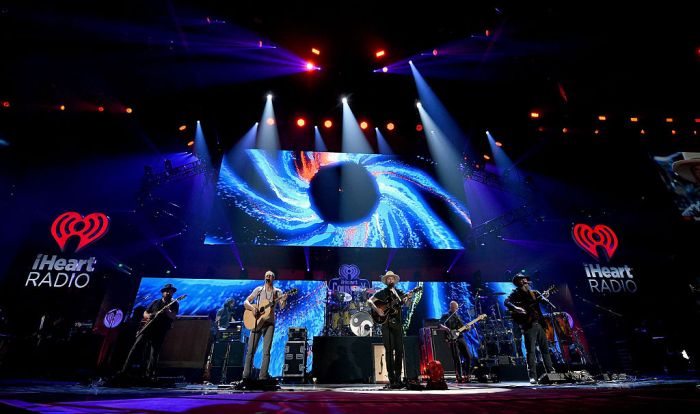Before our current obsession with all things organic and local, Americans tended to value convenience when it came to food.
“A lot of American [culinary] history has been avoiding taking food seriously,” says Paul Freedman, a Yale professor and author of the new book “Ten Restaurants That Changed America,” which grapples with narrowing down the tables (and recipes!) that changed the course of our “hard to describe” culinary landscape. “Some of it is also that Americans, until recently, adored modern and progress and regarded food as something that was inconvenient, that one day it would be a Jetsons-like world and we’d all be getting our nourishment from pills or freeze-dried stuff.” Part of the reason for that, argues Freedman, is that much of the country has no food culture. Lacking old world-style food regions like Italy’s many regional varieties (with a few notable exceptions like New Orleans) means it has no traditions, and dishes are often reinterpreted when they’re adopted elsewhere. The bitter irony is that even being an influential, popular restaurant is no guarantee against closing. Fully half of Freedman’s picks are New York City restaurants, but only two remain open: Sylvia’s in Harlem and Delmonico’s in the Financial District, which actually began elsewhere in the city as a bakery and went on to become NYC’s first proper restaurant in New York in 1837, offering high-end French cuisine. So what does it take to be successful now? We asked Freedman to take the pulse of the country’s dining scene.
Who’s setting the food agenda?
Trends have always existed in cooking but they’re happening faster now, Freedman acknowledges, and that drive isn’t coming from the usual places. “There’s no society of elite or French chefs,” he says. “Terrapin, turtle and wild canvasback ducks were the most popular things in the 19th century in America, that’s what people ate at banquets, and who’s ever heard of them now?” Get ready for a seismic shift — it’s because of consumers asking questions that the 21st century may finally be the time when quality becomes the buzzword in American food. Why Danny Meyer is successful, but others may not be
For all the praise that restaurateur Danny Meyer has gotten for his Hospitality Included program, which eliminates tipping and raises menu prices to pay every worker in his higher-end restaurants a living wage, Freedman sees him as a special case when it comes to the food industry. “He is certainly very good at motivating his people and giving them the sense that they’re part of a special thing, so his restaurants will do fine,” he says. “Ordinary restaurants really depend on a business model where the servers make a lot of their money on tips, and I just don’t see them being able to adopt this.” The loyalty that Meyer commands isn’t just from the staff of his restaurants — and that’s something Freedman says other restaurateurs could certainly learn from. “Most restaurants don’t pay as much attention as Danny does to the customer experience,” Freedman says. “He is a great pioneer of restaurant style, cuisine, atmosphere and public service. They’re still thinking as if they were running a highway concession, in terms of numbers and cost.” True food innovation isn’t coming from NYC anymore
Brooklyn’s time as the creative hub where you could take chances is done, as Freedman sees it. When costs get too high, it encourages imitation and playing it safe, not turning out the next new thing. “There are some innovators, like David Chang,” he notes. So where’s a foodie to look to? “A place like Philadelphia that’s cheaper and has more room for trial and error is probably more creative in certain respects.”
Who is changing American food?

Getty Images
























